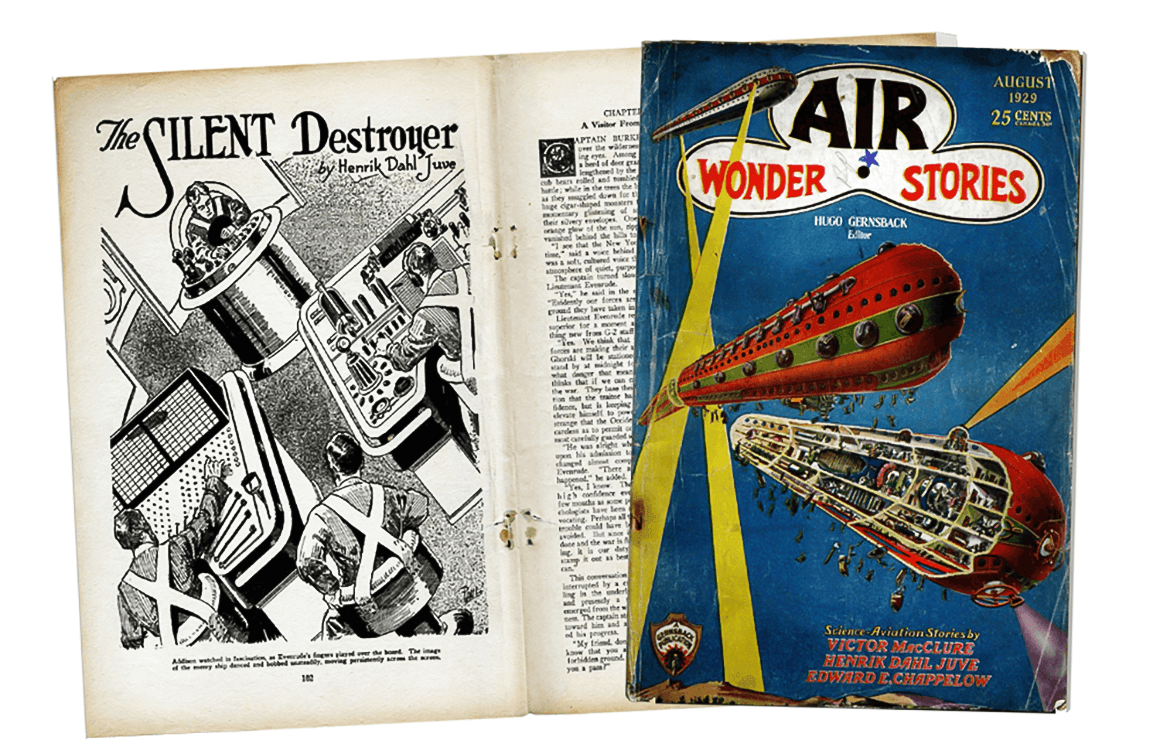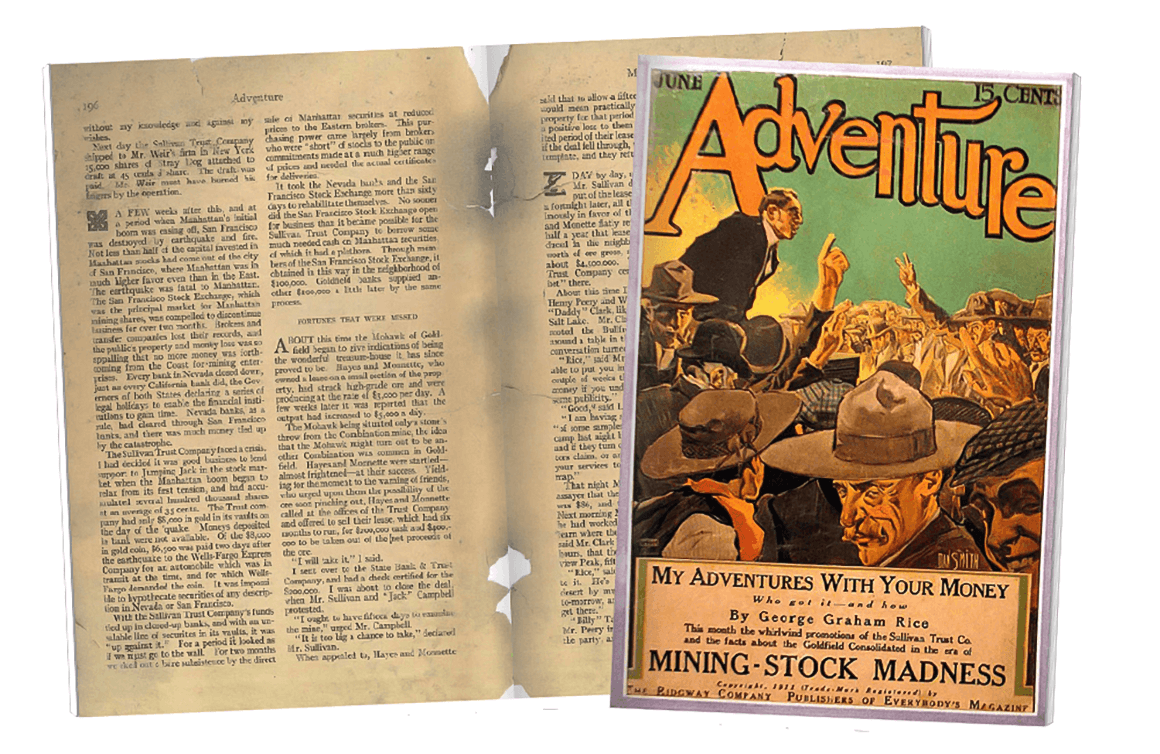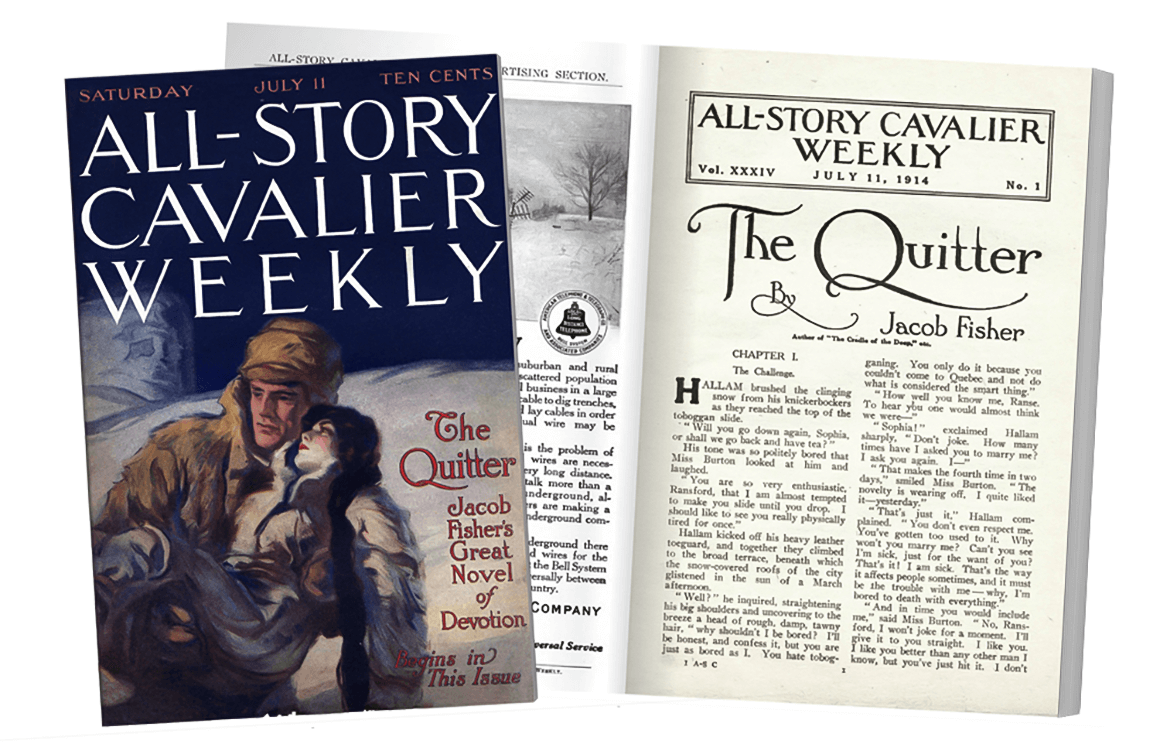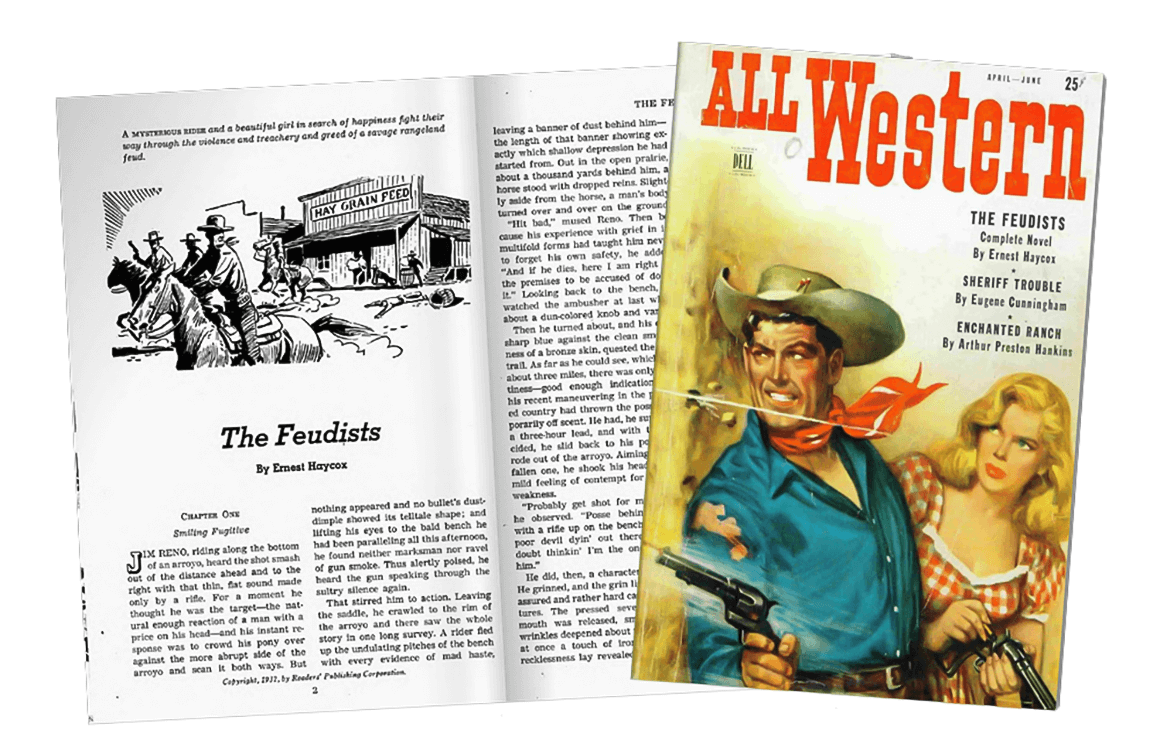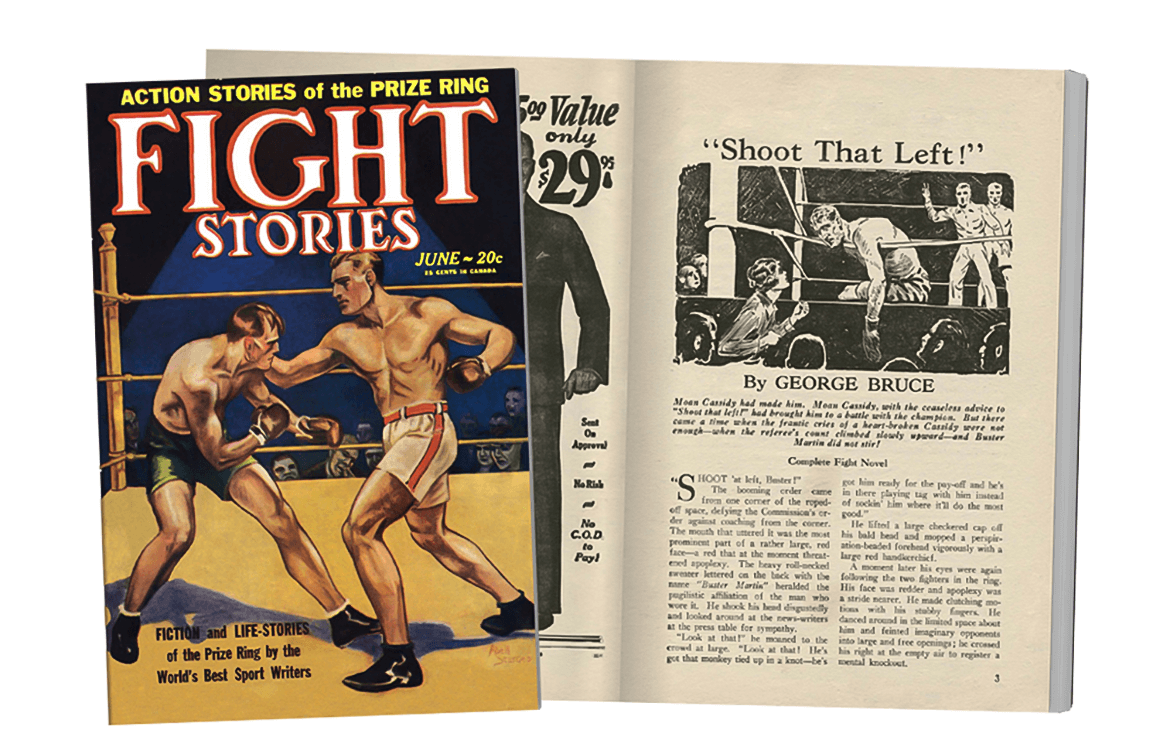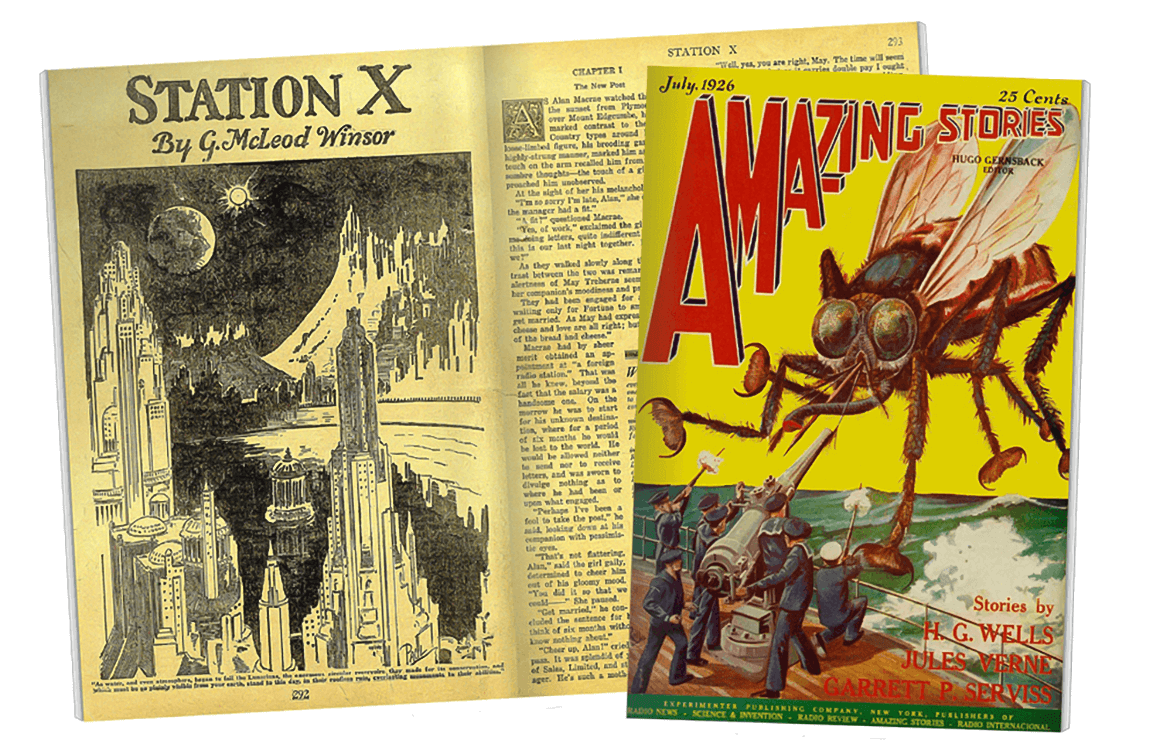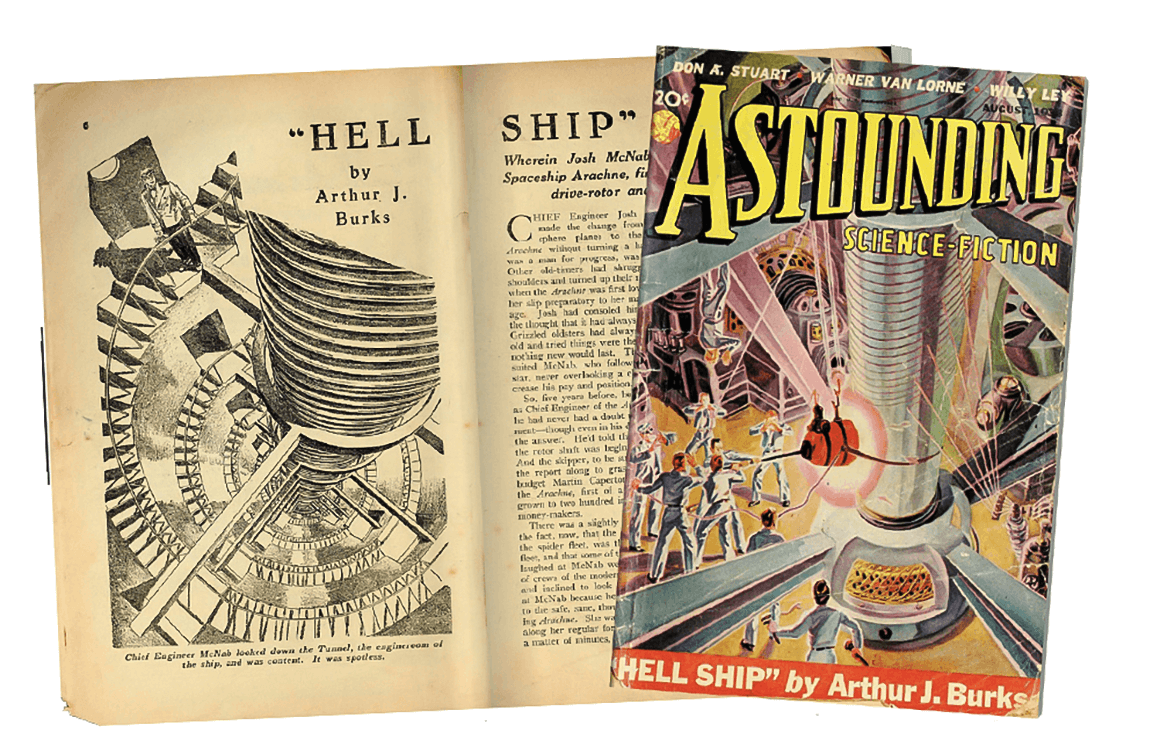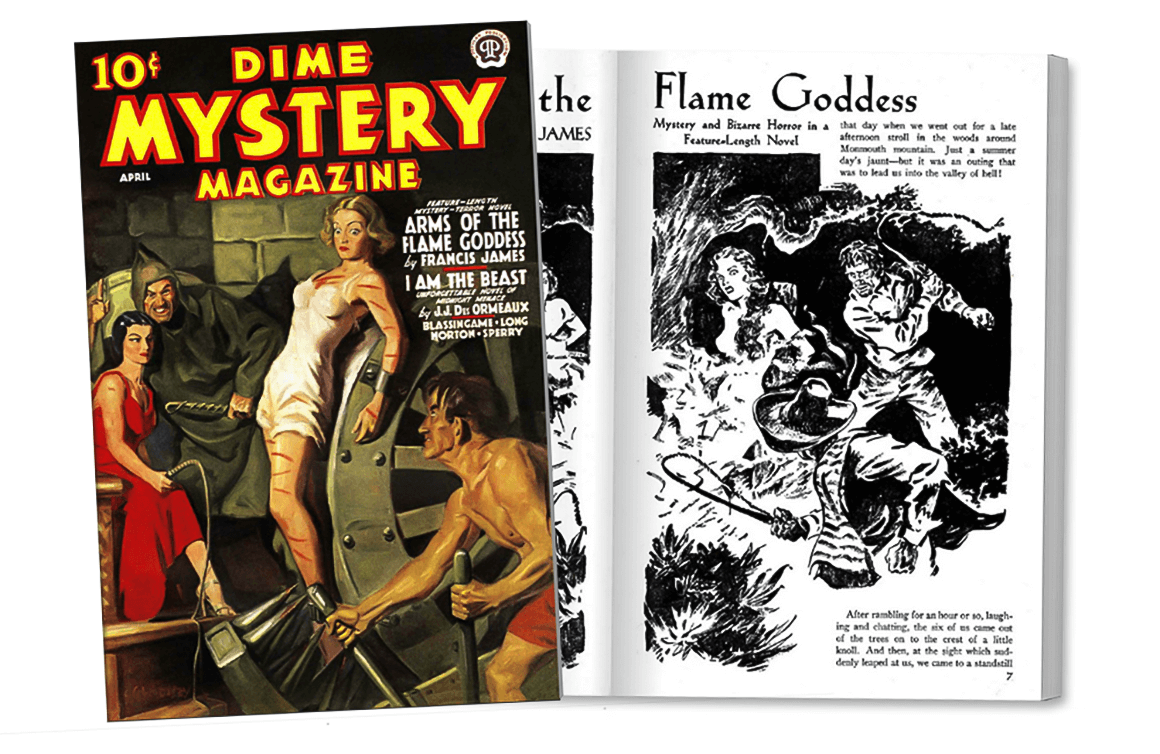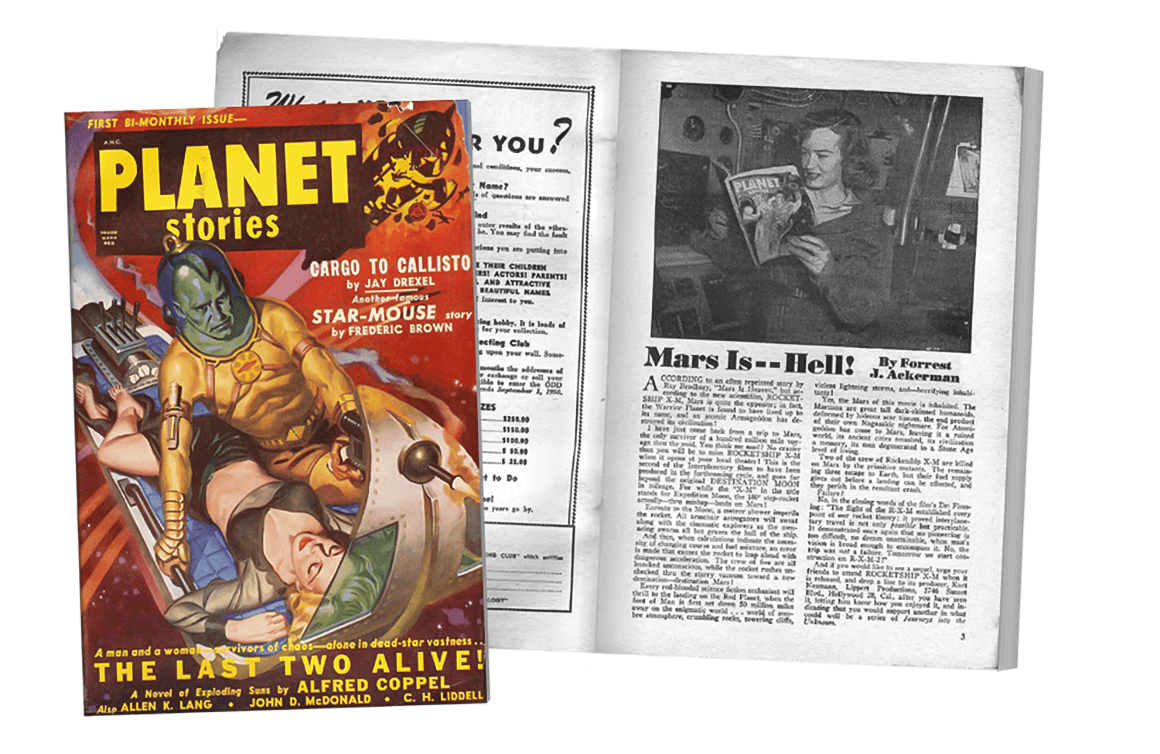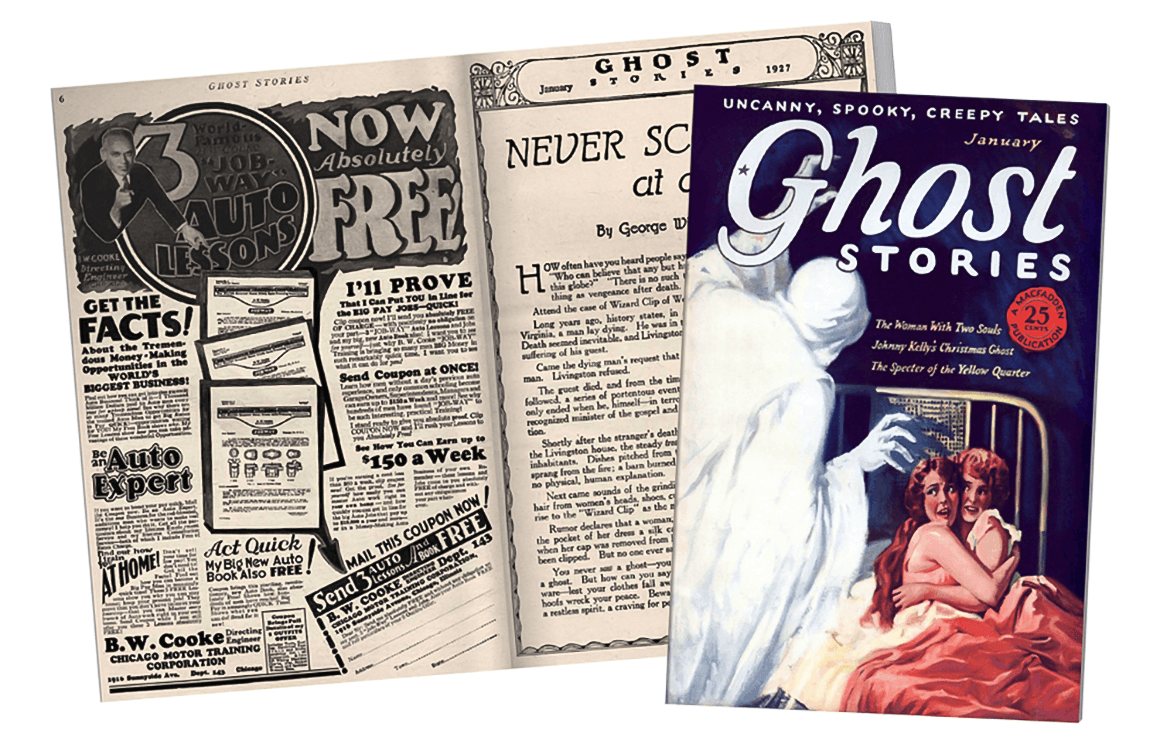What is the mandate of the Pulp Magazines Project?
Our mandate is to get these items out to as many people as possible. Through digitization, we made not just the stories but also the artwork and ads – the entire experience – available to everyone. People with personal interests, collectors, scholars and others can access the materials at no cost.

In what ways do you see the influence of pulp literature in today’s media?
I would say we see pulps’ influence everywhere in pop culture.
Pulp magazines carried a negative connotation when they were first published in the late 1890s. They were misrepresented as being a lowbrow form of media, particularly by the mainstream publishing industry. Pulps were printed on cheap pulpwood paper – that’s where they get their name – and cost a fraction of what general-interest magazines cost. Readers could buy a pulp magazine for about ten cents, whereas other magazines cost twenty-five cents and hardcover books cost two or three dollars. Each magazine included a number of stories in genres such as westerns, science fiction, fantasy, and space travel. As audiences grew for each genre, pulp magazine publishers responded by releasing issues dedicated to specific genres and creating magazines that were genre-specific: Amazing Stories and Astounding Stories dealt solely in science fiction, The Shadow and Doc Savage were hero-character pulps, Black Mask and Detective Fiction Weekly were dedicated solely to detective and crime stories. You even had Railroad Man’s Magazine which….you guessed it, was about men who work on railroads!
Many pulp-fiction writers also wrote the screenplays for movies of similar genres. It wasn’t uncommon to see a pulp writer contribute to motion pictures as well. Many writers were successfully selling the rights to their published stories to filmmakers to be produced into films.

The artwork accompanying pulp stories was often fantastical. In your opinion, did that help or hurt pulp’s reputation with the general public?
In a lot of ways, it helped because new readers were attracted to the covers they saw on newsstands. The artwork solidified a fan base for the magazines. Many readers were very dedicated to specific illustrators and/or writers and had the expectation that the artwork reflected the fantastical stories printed within. Illustrator Frank R. Paul comes to mind; he was an exceptional and prolific science fiction pulp artist, who also worked in comics and provided, among others, the cover art for Marvel Comics #1 (1939), the first comic book produced by the company that would eventually become Marvel.

How do pulp magazines reflect the times in which they were created?
Pulp magazines reflected both the bad and good aspects of their times. On one hand, pulp (like many other form of media) perpetuated harmful stereotypes. Fu Manchu is a good example of that. On the other hand, pulps explored innovation in interesting ways and broached topics of social and political significance that other media just wasn’t acknowledging.
Pulps played an important role in literacy, also. As more people had access to education and the literacy rate improved, individuals spent more leisure time reading. They could buy a Charles Dickens novel for a few dollars or they could read seven or eight stories in a pulp magazine for a fraction of that cost. It nurtured a love of reading.

For individuals who want to immerse themselves in pulp literature, where do you suggest they begin?
The Books & Essays section of our website has links to works by scholars in this field; it’s a great way to read more about the history of pulp magazines. I’d recommend people start with their own interests because many of today’s writers are influenced by pulp fiction. Filmmaker John Carpenter based his movie The Thing on a story called Who Goes There? by John W. Campbell, Jr. published in Astounding Science Fiction magazine. Many of the popular Spaghetti Westerns that sprung up in the 1960s have roots in pulp stories, as do some of the silent films of the 1920s.
In a lot of ways, if you have any interest in pop literature, you already have an interest in pulp stories; you just haven’t discovered them yet.

Learn more about The Pulp Magazine Project on their website.


